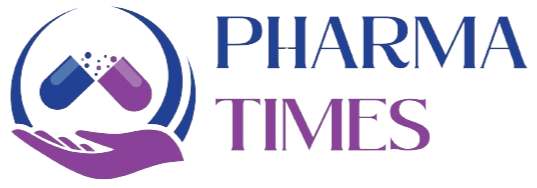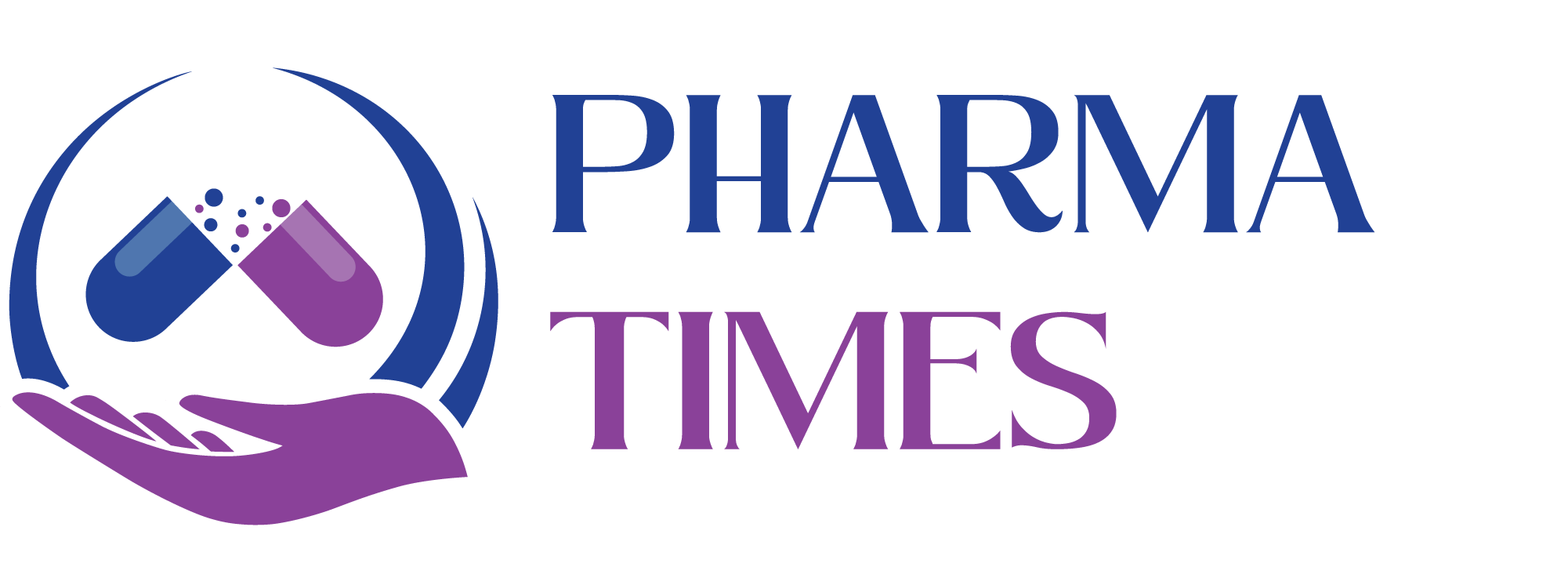Water used for Pharmaceutical Manufacturing and Testing

Water for Pharmaceutical Manufacturing and Testing
Introduction
Water is one of the most widely used raw materials in the pharmaceutical industry. It is used as a solvent, cleaning agent, processing aid, and testing reagent. Because of its critical role, water must meet strict pharmacopeial and regulatory requirements (USP, EP, JP, IP, WHO, FDA, EMA) depending on its intended use.
Types of Water in Pharmaceuticals
-
Potable Water (PW)
-
Source: Municipal supply or treated groundwater.
-
Use: Initial feed water for further purification, washing of non-critical areas.
-
-
Purified Water (PW)
-
Prepared from potable water by purification (RO, deionization, distillation).
-
Use: Non-parenteral product formulations, cleaning of equipment, lab testing.
-
-
Water for Injection (WFI)
-
Produced by distillation or double-pass RO + ultrafiltration.
-
Pyrogen-free, sterile-quality water.
-
Use: Parenteral formulations, final rinsing of sterile equipment.
-
-
Pure Steam
-
Generated from PW or WFI.
-
Use: SIP (Steam in Place), sterilization, autoclaves, humidification in cleanrooms.
-
-
Other Grades (as per pharmacopeia)
-
Sterile Purified Water – Used in sterile preparations not requiring WFI.
-
Bacteriostatic Water for Injection – WFI with antimicrobial preservatives, for multi-dose containers.
-
Applications in Manufacturing
-
Raw Material: Solvent for formulations (oral, topical, parenteral).
-
Cleaning & Rinsing: Equipment, containers, pipelines.
-
Sterile Processes: WFI for aseptic preparation and sterile dosage forms.
-
Utility: Pure steam generation, HVAC humidification.
Applications in Testing
-
Analytical Laboratories: As reagent in assays, blanks, and dilutions.
-
Microbiology: Media preparation, diluent for microbial testing.
-
Validation: Cleaning validation, recovery studies, system suitability tests.
Quality Requirements
-
Physical: Clear, odorless, tasteless.
-
Chemical: Conductivity, pH, TOC (Total Organic Carbon).
-
Microbiological: Controlled bioburden and endotoxins.
-
Regulatory Compliance: Must meet pharmacopeial monographs (USP <1231>, EP, IP).
Summary
Water is a critical utility in pharmaceutical manufacturing and testing. Different grades (Potable, Purified Water, WFI, Pure Steam) are used based on application. Its quality is tightly regulated to prevent contamination and ensure patient safety.

